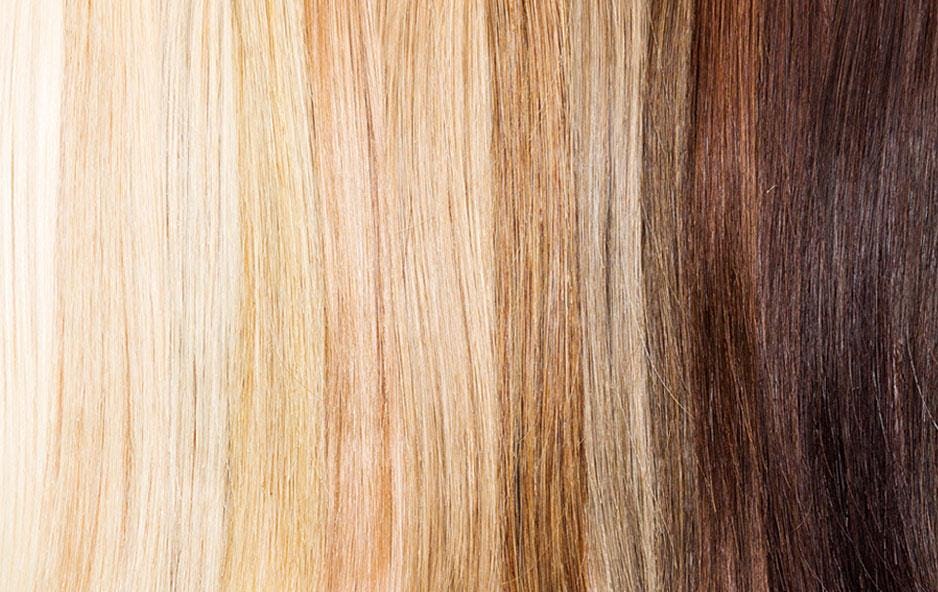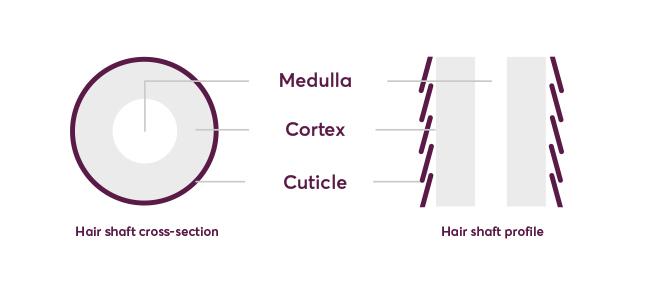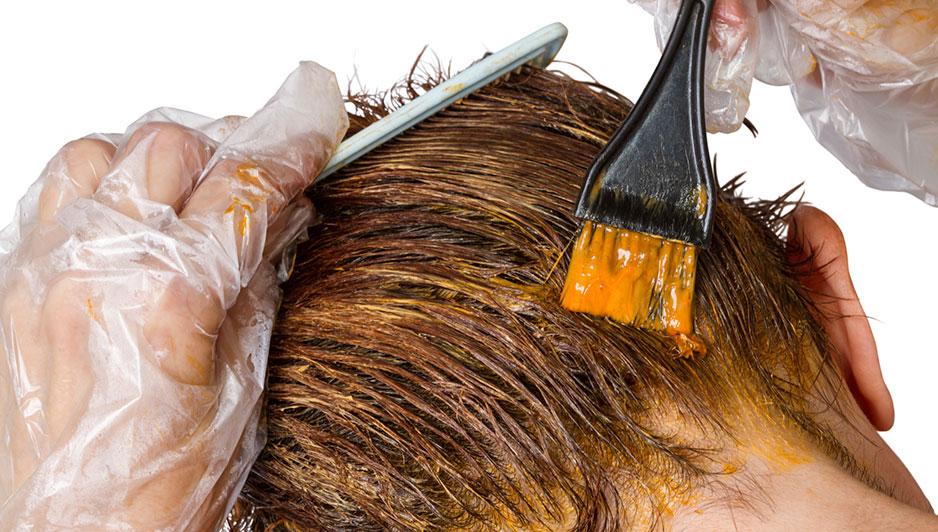Susan Roberts-Cooper | April 22, 2015
How Hair Color Works, Part One

Image by Madison Reed
There’s a science to good hair color. In fact, the process of coloring hair is a science: Chemistry to be exact. Set yourself up for success when you color your hair, either at the salon or at home. Madison Reed’s series about How Hair Color Works explains the different steps and elements in plain English, putting the power back in your own hands!
First up, the most important part: The science of your hair. The more you know about the structure of your hair, the more you’ll understand why it reacts a certain way to different styling techniques or hair products.
The Structure of Hair
Hair has three layers:
- The cuticle is the outer layer of hair. It consists of translucent scales that overlap, much like window blinds. The scales of the cuticle can be opened and closed, just like you can adjust the angle of window blinds.
- The cortex is the main body of the hair shaft—it contains natural moisture and color pigment, which is visible through the translucent cuticle. The structure of the hair’s cortex is responsible for the relative straightness, curliness, and elasticity of the hair.
- The medulla, or innermost layer, is an airspace that varies in form and proportion, and is thought to provide insulation.
Hair is made from the protein keratin:
- Keratin is made of 18 amino acids that are chemically bound into a structure called an alpha helix, which looks like a coiled spring. Even straight hair has this underlying coiled structure. This springy shape is what gives hair elasticity, bounce, and strength.
- These springs are held together by three types of bonds between the chains and between the coils.
Disulphide bonds are the strongest, and can only be broken by perming, relaxing, or bleaching the hair.
Hydrogen bonds are easily broken and stretched when hair is wet—these bonds are what allows hair to be set or blown dry into a temporary shape.
Salt bonds are easily broken by weak acids or weak alkalis. Just like hydrogen bonds, this allows hair to be styled into a temporary shape.
How Hair Behaves
If you’ve ever been jealous of a friend’s hair, it’s probably because it behaves in a different way than yours. Don’t worry, you’re not crazy! Different hair reacts differently to weather, styling techniques, and chemical processes like perms and color.
Hair has several properties that affect its overall ability to react to color and styling products:
Texture is the diameter of a single hair. Diameter varies by genetics—hair can be any texture from very coarse to very fine. Coarse hair has a slower, harder time absorbing color, and requires more physical color to make a change. Fine hair receives color and lightens much more easily.
Texture can also refer to the relative curliness or straightness of hair, or the shape of its cross-section: the curlier the hair, the flatter its section; the straighter the hair, the rounder the section.
Porosity measures the ability of hair to absorb liquid. This depends on the condition of the cuticle (remember those window blinds that can open or close tightly?). Hair in good condition has a compact, smooth cuticle. Once the cuticle opens or lifts, the surface of the hair is no longer smooth. Hair tangles when wet, and looks dull when dry. A lifted, or porous, cuticle absorbs color quickly and releases it easily.
It also varies along the length of the hair—the older the hair, the more porous it becomes. Anything that opens the cuticle, like chemical treatments, heat, sun, or general wear and tear, increases the porosity.
Luckily for the frizz-prone, anything that coats the hair, like conditioner or keratin treatments, will decrease its porosity. That’s because the added layer creates a barrier between the hair and moisture it would absorb.
Similar to porosity, Hygroscopicity measures the ability of hair to absorb water vapor. It’s what makes hair frizz or drop when the atmosphere is more humid. So, in order to prolong the life of a blow dry, hygroscopicity can be decreased by the use of mousse, gel, lotions, or hairspray, which all prevent water molecules from being absorbed.
Elasticity is the ability of hair to stretch and then return to its original shape. The spring-like structure of the alpha helix allows dry hair to stretch up to 30% of its length and return to its natural shape.This ability depends on the resilience and strength of the bonds. If the bonds are broken, the hair will extend more, but will be less elastic. Wet hair stretches more easily because water enters and breaks open the weaker bonds. That’s why wet hair can be broken more easily, especially if it’s permed or colored.
Acid and Alkali action is how hair reacts to variations in pH. Hair likes being acidic—acid flattens and closes the cuticle, making hair shiny and smooth. Shampoos and conditioning treatments are all acidic, and simple rinses and treatments can be made out of household acids like lemon juice or vinegar to make hair more shiny.
Natural Color is the amount of natural pigment, called melanin, in the cortex. It’s viewed through the translucent scales of the cuticle and creates the hair color that we see.
- Every natural color is a combination of four natural color pigments: Black and brown, also called eumelanin, and red and yellow, also called pheomelanin.
- Color has both level and tone. Level is how light or dark the hair is. Tone is the underlying color (for example, if it’s “cool” or “warm”). Black and brown pigments are responsible for level, and red and yellow pigments are responsible for tone.
- In order to make identification easier, level is described as a number. So the next time a hairdresser or colorist refers to you as a Level 1—you don’t need to worry, it just means you have beautiful dark hair!
- Black, brown, red, and yellow pigments are present in all levels of hair color. They’re just there in different proportions.
At Madison Reed, we believe in giving you the power to get great hair with better-for-you choices and expert information. Subscribe and get updates as we publish new articles for beautiful, healthy hair. Next in this series: How Hair Color Works, Part Two: Changing the Color of Your Hair.
Join the movement to take control of your own hair. Build your unique Hair Profile or call the Color Crew, our team of certified colorists, for a personalized regimen.










